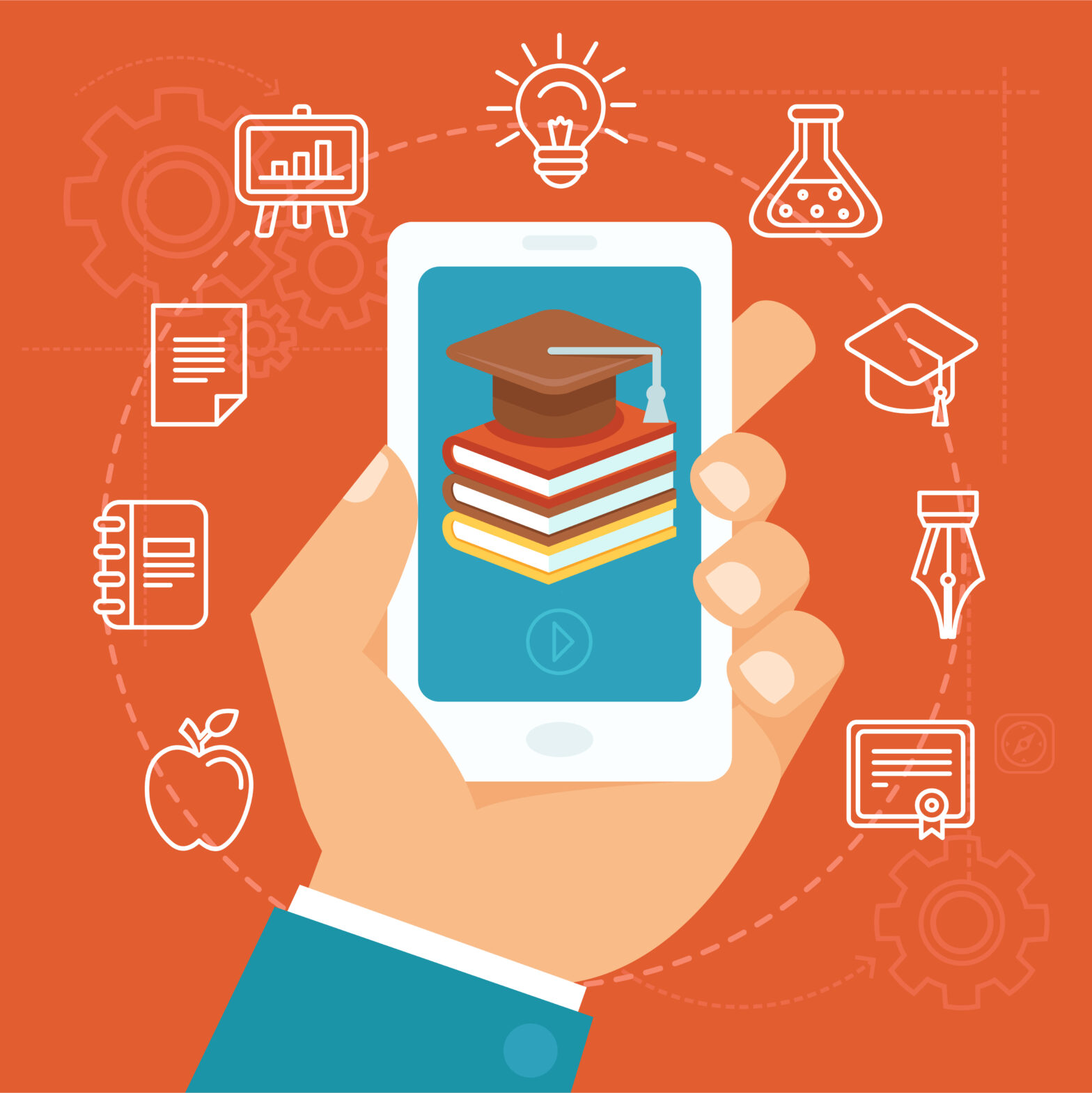Millennials love to learn, but traditional workplace training often does not reflect their distinctive learning style. Microlearning (bite-sized chunks of useful information) and on-demand/mobile learning is key to developing this generation’s professional skills.
Millennial generation
Generation gaps can affect every area of social interactions including school, home, and work. As of 2015, Millennials have become the largest cohort of workers in the United States, surpassing the Baby Boomers.
The professional qualities we observed in the Baby Boomers typically include the ability to memorize large amount of information, as well as the ability and willingness to work lengthy hours.
> See also: 10 ways to keep millennials happy in the workplace
Most Baby Boomers worked in large, hierarchical corporations with strict management and division of responsibility. Baby Boomers are described as very independent, competitive, and goal-oriented.
The work perspective of Millennials is very different than previous generations. Studies show that Millennials are focused on community and that giving back is one of their top priorities.
They are typically well rounded, love looking for new ways to approach problems at work, and are highly confident. What they look for in a job includes ongoing coaching, collaboration, measurement, and motivation.
In addition, Millennials have different learning needs from growing up in a world of mobile phones and Internet. Their shorter attention spans necessitates a different approach to training and their tech savvy facilitates online and mobile training options to effectively develop Millennial talent.
Challenging traditional training
Studies find that traditional professional training methods like classroom training have been proven to low effectiveness.
That, coupled with the high cost of curating and teaching the material and the opportunity cost of having employees out of the office, provides a poor ROI. U.S. businesses have spent over $160 billion on employee learning and training.
One hour of training content most often takes between 43 and 185 hours to produce. More disturbingly, 80% of participants forget what they learned in classroom training within 30 days.
What is microlearning?
Microlearning takes advantage of progress in instructional design while accommodating the unique Millennial cohort. Proven to be successful in meeting the needs for both employees and employers, microlearning is the process of learning in short, effective segments.
It usually requires low time commitment, roughly 1-10 minutes per lesson. They are often easily accessible through mobile phones, computers, and tablets and can vary in format including podcasts, videos, quizzes, blogs, simulations, slideshows, and even games.
Microlearning works by providing learners with useful information in the most engaging and least time-consuming method. One of the most effective techniques of microlearning is use of short videos. The popularity of TED Talks is a great example of microlearning can inspire and engage.
Microlearning and millennials
Microlearning is the best learning method for many Millennials to develop their professional skills. They can stay up-to-date with the latest technology and skills through an effective and lower-cost microlearning solution.
Measurement tools embedded in many microlearning platforms will allow for participants to keep track of their progress, a functionality that many Millennials find useful when learning a new skill.
> See also: Are millennials killing the email?
Since microlearning is most often digital, Milennials can can learn anytime throughout the day, even when waiting for the bus or other short downtimes. Compared to traditional training, which is costly, structured, and trainer-driven, microlearning is built around the needs of the learner.
It is better for engagement, feeding only key facts and information to the learner in short, focused sessions. It is self-paced, allowing learners to go back to review lessons if needed. Microlearning improves application of skills to the day-to-day job compared to traditional training.
Microlearning works
Most Millennials prefer receiving 2-3 minute chunks of information, rather than sitting through an 8-hour class. As businesses are becoming increasingly digital, additional training options open up that are more effective than traditional training.
Sourced from Tony Glockler, co-founder of SolidProfessor










